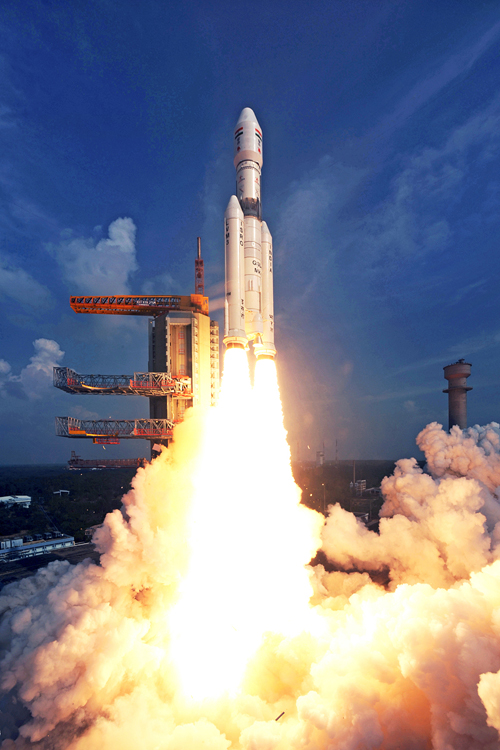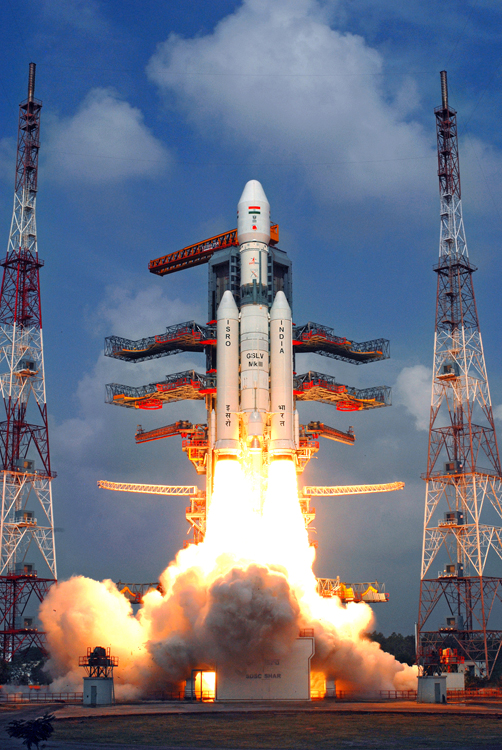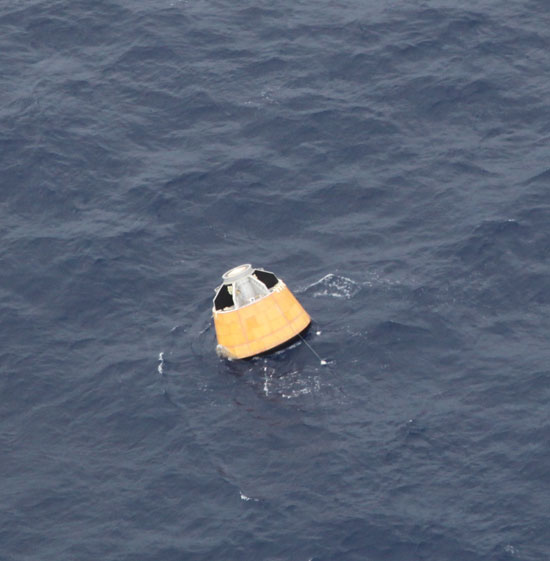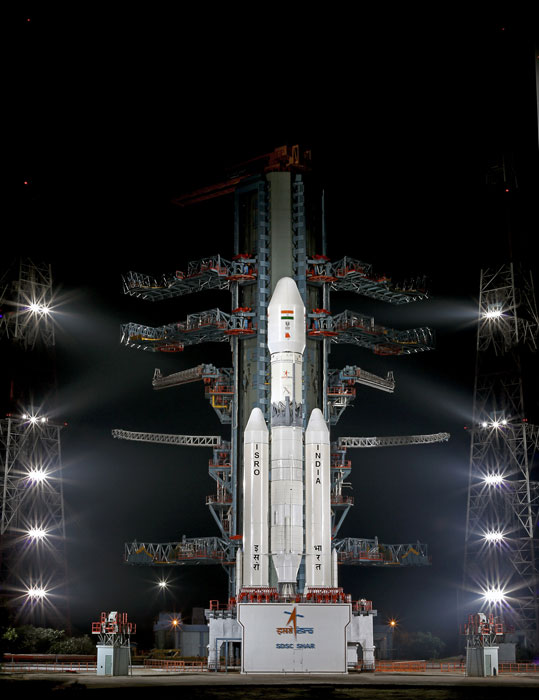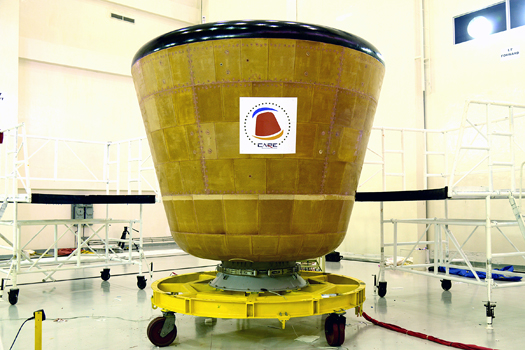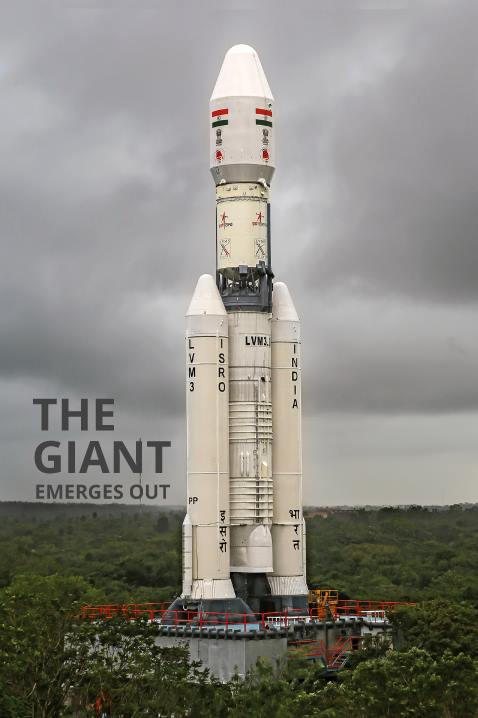Photos: India's GSLV Mark-III Rocket and 1st Crew Capsule
India's GSLV Mk-III Rocket Makes First Test Flight #1
India's next generation launch vehicle GSLV Mk-III made its first experimental flight (GSLV Mk-III X/CARE) on Dec. 18, 2014, lifting off from Satish Dhawan Space Centre SHAR, Sriharikota.
India's GSLV Mk-III Rocket Makes First Test Flight #2
India's next generation launch vehicle GSLV Mk-III made its first experimental flight (GSLV Mk-III X/CARE) on Dec. 18, 2014, lifting off from Satish Dhawan Space Centre SHAR, Sriharikota.
India's GSLV Mk-III Rocket Makes First Test Flight #3
India's next generation launch vehicle GSLV Mk-III made its first experimental flight (GSLV Mk-III X/CARE) on Dec. 18, 2014, lifting off from Satish Dhawan Space Centre SHAR, Sriharikota.
India's Crew Module Atmospheric Re-entry Experiment After Splashdown #1
India's Crew Module Atmospheric Re-entry Experiment (CARE) flew to an altitude of 78 miles (126 km). CARE then separated from the upper stage of the GSLV Mk-III rocket, and landed over Bay of Bengal on Dec. 18, 2014.
India's Crew Module Atmospheric Re-entry Experiment After Splashdown #2
India's Crew Module Atmospheric Re-entry Experiment (CARE) flew to an altitude of 78 miles (126 km). CARE then separated from the upper stage of the GSLV Mk-III rocket, and landed over Bay of Bengal on Dec. 18, 2014.
India's Crew Module Atmospheric Re-entry Experiment After Splashdown #3
India's Crew Module Atmospheric Re-entry Experiment (CARE) flew to an altitude of 78 miles (126 km). CARE then separated from the upper stage of the GSLV Mk-III rocket, and landed over Bay of Bengal on Dec. 18, 2014.
India's New Rocket
India's new Geostationary Satellite Launch Vehicle Mark-III is the country's third-generation booster for satellite launches. In December 2014, the rocket will make its first test launch and carry a crew capsule prototype for India's human spaceflight program. See photos from the mission here.
Breaking space news, the latest updates on rocket launches, skywatching events and more!
India's 1st GSLV Mk-III Rolls Out
India's first Geostationary Satellite Launch Vehicle Mark-III rolls out to the launch pad for its maiden voyage in December 2014.
India's Manned Space Capsule
India's Crew module Atmosphere Reentry Experiment (CARE) is a prototype for the country's planned manned spacecraft. It will launch on India's first GSLV Mk-III in December 2014.
Meet the GSLV Mk-III
India's GSLV Mk-III rocket stands about 142 feet tall (42 meters) and will launch from the country's Satish Dhawan Space Center on Sriharikota Island along India's eastern coast. At liftoff, the rocket weighs about 630 tons.
The Giant: India's GSLV Mk-III Rocket
India's towering Geostationary Satellite Launch Vehicle Mark-III rocket, called "The Giant" here by ISRO officials, rolls out for its December 2014 launch.

Tariq is the award-winning Editor-in-Chief of Space.com and joined the team in 2001. He covers human spaceflight, as well as skywatching and entertainment. He became Space.com's Editor-in-Chief in 2019. Before joining Space.com, Tariq was a staff reporter for The Los Angeles Times covering education and city beats in La Habra, Fullerton and Huntington Beach. He's a recipient of the 2022 Harry Kolcum Award for excellence in space reporting and the 2025 Space Pioneer Award from the National Space Society. He is an Eagle Scout and Space Camp alum with journalism degrees from the USC and NYU. You can find Tariq at Space.com and as the co-host to the This Week In Space podcast on the TWiT network. To see his latest project, you can follow Tariq on Twitter @tariqjmalik.

